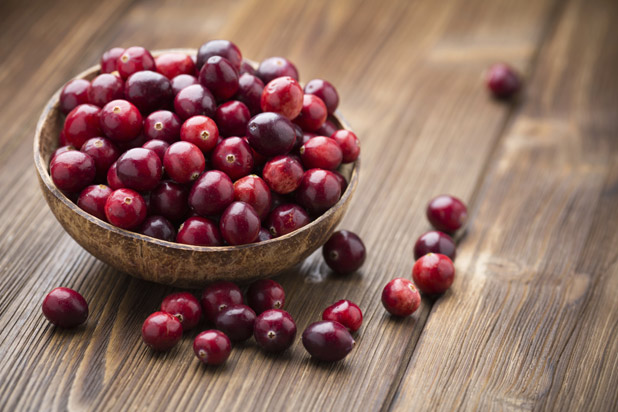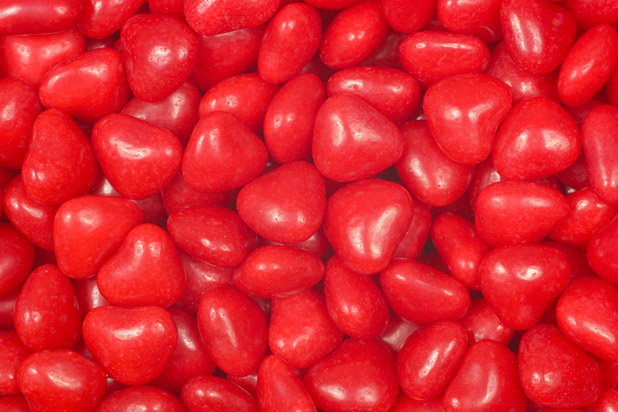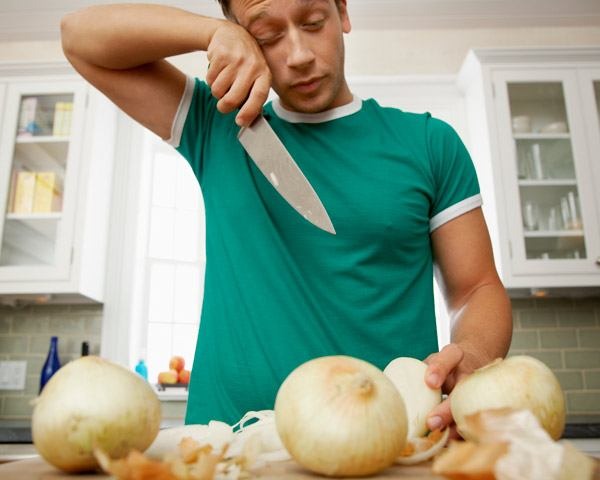Why Onions Make You Cry And 10 Other Incredible Food Facts
Every home chef knows the literal sting of onion tears, and the Internet is rife with tried and true remedies for quelling ugly onion cries. Ever been told that chewing gum will stop the waterworks? How about pressing your tongue to the roof of your mouth?
Click here for 11 Incredible Food Facts (Slideshows)
Turns out, crying over an onion has nothing to with your olfactory senses. Those involuntary tears cascading onto your cutting board are actually caused by a chemical reaction that occurs when the inside of an onion is exposed to oxygen. So if you really like gum, chew away. Just know it's useless for easing the pain.
Food and our relationship to it is a beautiful and precarious thing. For example, cilantro has become the belle of the ball in many foodie circles in recent years. Those that hated it were labeled "picky eaters" for years until recent studies found that those who hate cilantro have a genetic variant that makes them more sensitive to the smell and taste of cilantro than others. This was great news for legions of cilantro haters, who now have a scientific defense against pushy coriander enthusiasts.
However, we normally don't think too much about the "why" of our food. We simply have things that we like and don't like. We eat the things that make us happy and avoid the things that gross us out. But why not slow down for a second and examine a few kitchen mysteries a little more closely? For example, a pound cake usually weighs much less than a pound, so where does the name come from? Is there a reason (besides the obvious) that red wine makes your head pound? In the following list, we've found some answers to some common food-centric annoyances and a few fun facts to boot, so read on for some pretty strange and surprising food trivia!
Did You Know...

You could play handball with cranberries? Cranberries have also been called bounce-berries because when they're ripe, they bounce like rubber balls.
You're Really Eating Bugs

Your red candy is coated with bugs. If your food has red dye, the color probably comes from crushed red insects like the cochineal.
